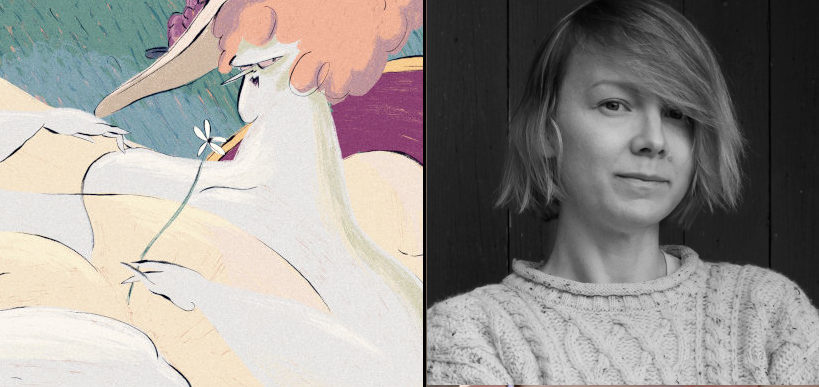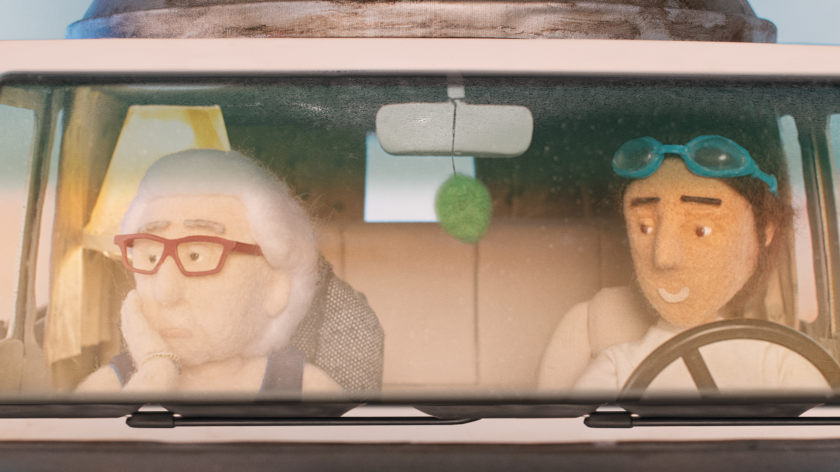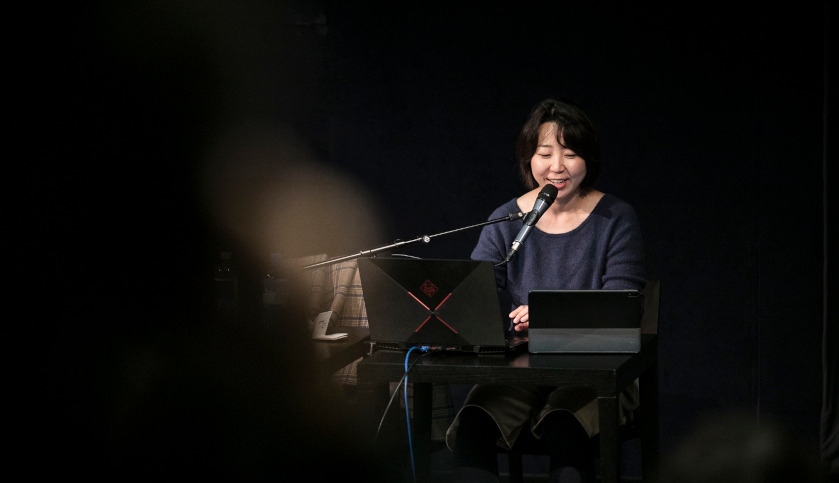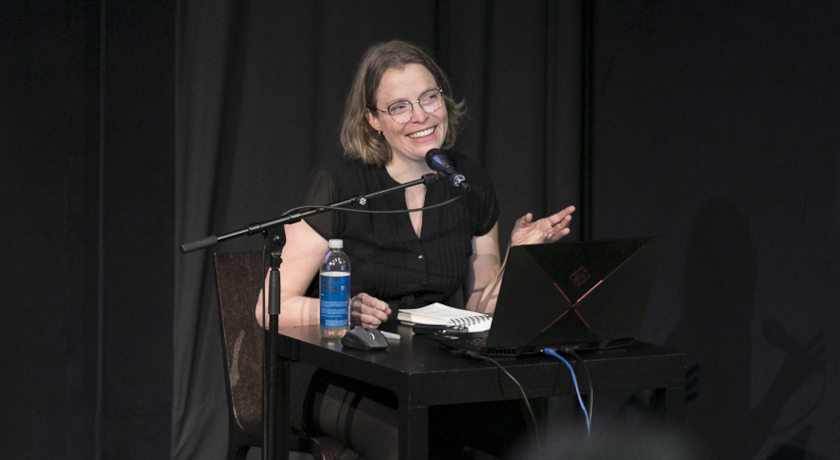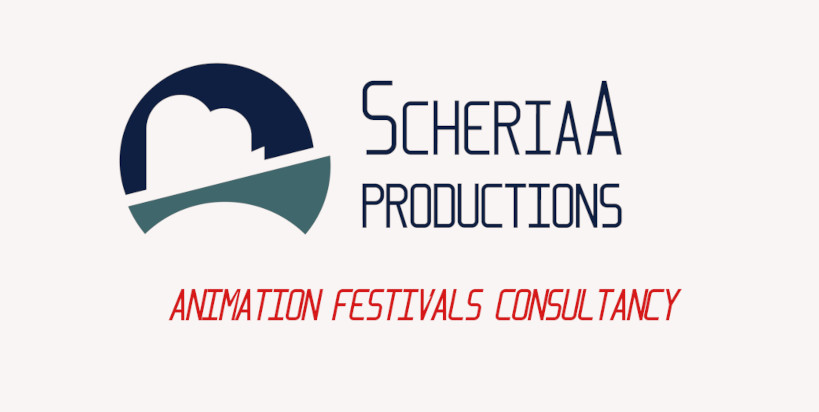Fest Anča's 'Utopias' Overview (GoCritic! Review)
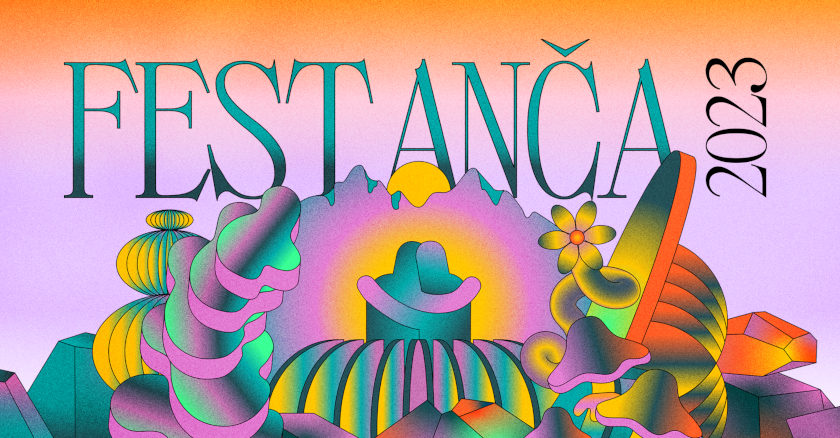
With first a pandemic and then a war, life has not been so sweet for many of us in recent years. At times of desperation such as these, we are prone to imagine a utopia where no one feels sad and everything is fine. But what exactly is a utopia? And can there be multiple utopias? The Fest Anča Animated Film Festival tried to tackle these deeply philosophical questions as its main focus in this year’s edition, which took place between 29 June and 2 July in Žilina, Slovakia.
Jakub Spevák, Anča's programme director, explained the main aim of the theme as trying “to imagine the unimaginable and create our own Atlantis in this highly polarised world”, by depicting various types of utopias and even dystopias, while simultaneously highlighting the diversity and vibrancy of identities, dreams, and goals. This highly ambitious goal took the form of six different film blocks which were screened throughout the long festival days.
Surprisingly, the theme's first block explored the opposite of utopias: 'World Ended - What Next?' featured films on dystopias and how they offer a way to exist in our “apocalyptic present”. The section attempted to work out what was real and what was fake (according to the festival catalogue), although it is difficult to say whether this question was actually answered. It was a reminder for us to acknowledge that utopias and dystopias are interconnected, like yin and yang; if one ceases to exist, the other does too.
While the films in this section were typical dystopian works, placing them within the context of the 'Utopia' theme greatly changes the viewers' perception of them and encourages more philosophical thinking. Even the term dystopia, for example, might mean something entirely different for two different people: one might think of a post-apocalyptic sci-fi world, as is the case in 'Leviathan' (2006) by Simon Bogojevic Narath, while another might envisage the restricted daily lives of everyday people living under imminent political threats, as is the case in 'Deep Love' (2019) by Mykyta Lyskov.
Another block of films, entitled 'Somewhere Over The Rainbow', aimed to depict the diversity of identities and love on the silver screen. It successfully conveyed a well-rounded image of queer identities which were not entirely fixated on sexual lives and experiences. The block’s movies freely focusing on queer existence and defiance were particularly impactful.
'Chapped Lips' (2018) by Fabien Corre & Kelsi Phụng skilfully depicts the tension at play between a queer child and their mother by way of subtle facial expressions and other nuances, ending with a gut-wrenching question posed by the young protagonist. Zhong Xian’s 'Space' (2020), meanwhile, focuses on a lesbian couple’s romantic relationship in a truly humanising way, far away from the male gaze. In relation to the festival theme, this block also hints at the possibility of discovering new worlds or utopias by way of 'queerdom': freely unleashing our identity whilst also encouraging others to do so. 'Reach The Sky' (2018) by Daniel Sterlin-Altman takes a poetic approach to this idea, positing solidarity as a path towards the ultimate goal of self-realisation.
Another film block boasted a very thought-provoking title: 'We Are In This Boat Together', implying that the personal worlds we all create might be interconnected. The idea behind this section was to expose the causal connection of every action and spread awareness of the power of the individual. Touching upon social responsibility, each of the films' protagonists plays a vital role in someone else's life by enabling them to act or hampering their ability to exert their will.
Such influence is particularly explicit in the highly metaphoric and imaginative 'Sore Eyes for Infinity' (2016) by Elli Vuorinen, where an optometrist is weary of witnessing and contributing to world defects. Other filmmakers, such as Toby Auberg, are equally dissatisfied with the direction our world has chosen to take. His beautifully crafted stop-motion movie 'Pile' (2019) delivers a complex portrait of social development, starting with bare survival and ending with late capitalism. This eye-opening short reveals the ups and downs of the contributions different generations have made to the situation we are currently witnessing. In this sense, the block also deals with dystopian imagery, which proves an effective way of showcasing humanity’s mistakes: once we can see them and reflect upon their causes, we have a better chance of building something better.
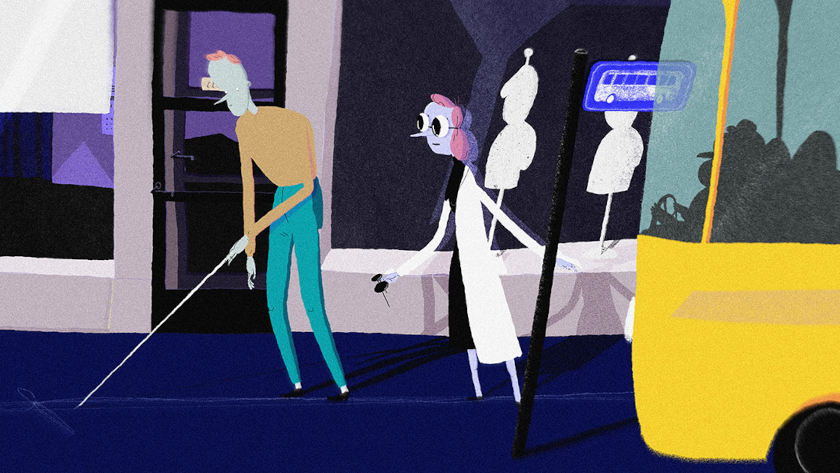
'Sore Eyes for Infinity' by Elli Vuorinen
This year, Fest Anča looked to draw new, unattainable worlds closer to us, at least on screen. The festival presented us with an array of perspectives which we could either agree or disagree with. Regardless of the viewers' responses, all of the mini-universes featured in the 'Utopias' film blocks convey messages which are significant for understanding how the past and the present are construed.
Although the word 'utopia' in Greek means 'no place', the films are embedded in realities that their directors are familiar with and which they witness most of the time. Their role is to present them anew in a thought-provoking way so as to encourage us to imagine a better life. It has been said more than once that if we can imagine something, we can also achieve it. Whether we’re living in a utopia or a dystopia, we should remember that our efforts matter, because we are a vital cog in the world's machine. We are, therefore, the hope for a better future, both for ourselves and for others.
Contributed by: Pelin Çılgın & Nikola Wrzolek




